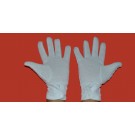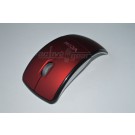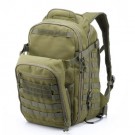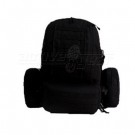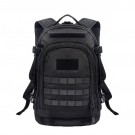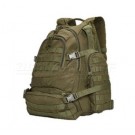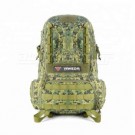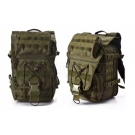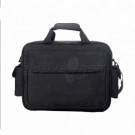<table style="width: 363px;" border="0" cellspacing="0" cellpadding="0">
<tbody>
<tr>
<td class="xl100" width="363" height="18">Hand Orientation:<span class="font5"> Both Hands</span></td>
</tr>
<tr>
<td class="xl100" height="31">Operating Time:<span class="font5"> 6+ Months Battery Life</span></td>
</tr>
<tr>
<td class="xl100" height="18">Distance:<span class="font5"> 10m</span></td>
</tr>
<tr>
<td class="xl99" width="363" height="36">Operating System Supported:<span class="font5"> Windows 7/Vista/XP</span></td>
</tr>
<tr>
<td class="xl100" height="18">Maximum DPI: 1000</td>
</tr>
<tr>
<td class="xl100" height="18">Range: 2.4GHZ</td>
</tr>
<tr>
<td class="xl100" height="18">Buttons: 3 1x wheel</td>
</tr>
</tbody>
</table>
Learn More
